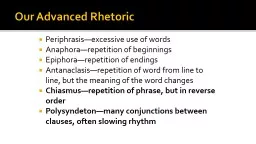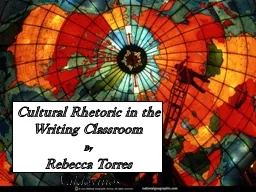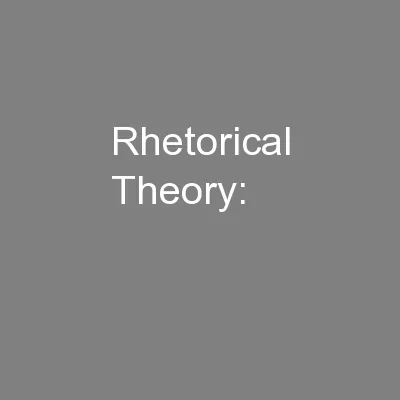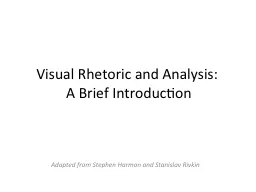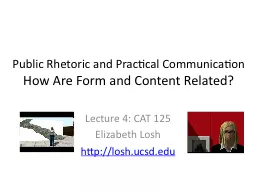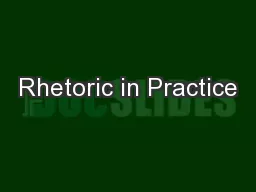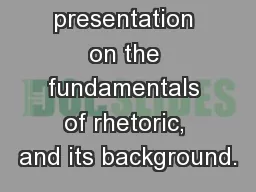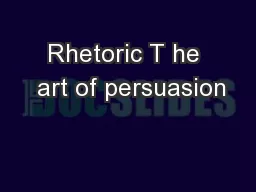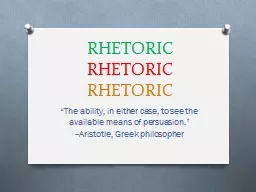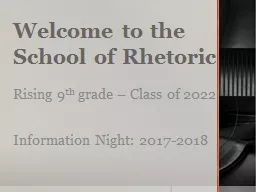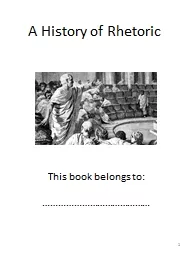PPT-Our Advanced Rhetoric
Author : karlyn-bohler | Published Date : 2017-05-28
Periphrasisexcessive use of words Anaphorarepetition of beginnings Epiphora repetition of endings Antanaclasis repetition of word from line to line but the meaning
Presentation Embed Code
Download Presentation
Download Presentation The PPT/PDF document "Our Advanced Rhetoric" is the property of its rightful owner. Permission is granted to download and print the materials on this website for personal, non-commercial use only, and to display it on your personal computer provided you do not modify the materials and that you retain all copyright notices contained in the materials. By downloading content from our website, you accept the terms of this agreement.
Our Advanced Rhetoric: Transcript
Download Rules Of Document
"Our Advanced Rhetoric"The content belongs to its owner. You may download and print it for personal use, without modification, and keep all copyright notices. By downloading, you agree to these terms.
Related Documents

